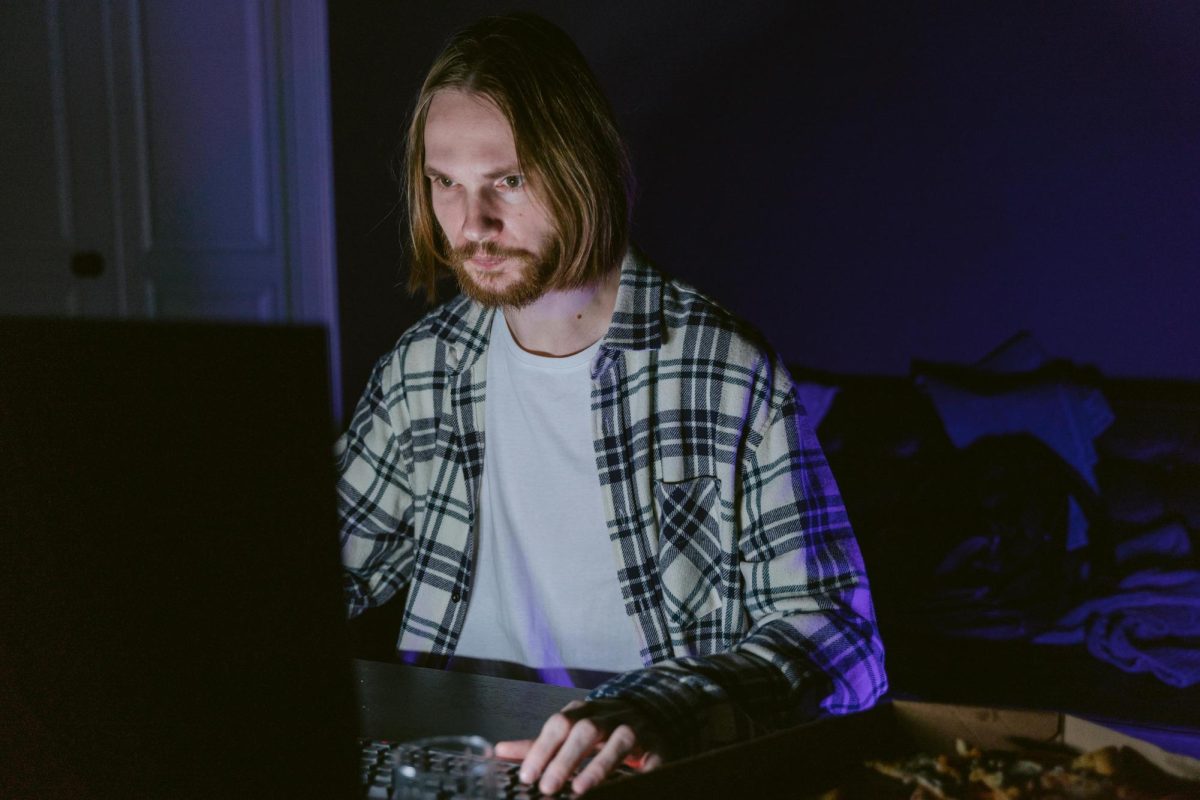In a world more bound by wires and machines than flesh and bone, a quiet shift is happening, almost under the radar, in the world of video games. For years, players accepted the unspoken deal: they played, the developers owned. Every virtual trinket, every trophy or badge—these were things that, for all their sparkle and shine, were breakable, ephemeral, gone with a click or a flick of the corporate finger. But now, a new network has arrived to change the digital deal. This network is called blockchain and it weaves a fabric that ties each item, each scrap of virtual property, to the player’s hands in a way that feels more real than the digital smoke and mirrors of other promises.
For this new deal, the Ethereum network, one of the first and most ambitious implementations of this tech, is the key. Ethereum’s promise is simple but unshakeable: it lets you “own”—a big word in this age of clouds and central servers—a unique digital item. The virtual sword or shield a player claims is no longer a mirage that disappears when the game company changes its mind; instead it’s encrypted and etched, locked into a network that can’t be altered. This so called “ownership” gives you the kind of permanence that’s not physical but as solid as the laws of finance or property in the real world. Blockchain doesn’t just put the sword in your hand, it chains it there so even the game’s creator can’t break it.
Items in Your Inventory
The implications are weird but wonderful. Consider this: in this new world game items become “rare”. Not because they have to be, not because they’re precious metals mined from the earth or pearls from the deep, but because the tech itself makes them rare. The effect is like a limited-edition print run or a locked vault, creating virtual treasures that are as hard to find as a rare book or a historical artifact. The game “Axie Infinity” is an example of this, where players create and battle unique creatures that exist not just for fun, but for ownership. These creatures live outside the game as much as in it and their scarcity, coded into existence, makes them digital gold.
So these digital items, encoded, encrypted and on the blockchain, start to feel like a currency rather than just toys. And yet they’re not limited to a single game or bounded by the traditional digital spaces. Blockchain’s quiet promise is that once minted these items can cross a single realm, slip from one virtual world to another, carrying their value and identity with them. Enjin is a young project in this space and is building a kind of virtual passport. Their goal is a future where a game item is not locked into a single experience but can exist across many, change shape and function to suit the player’s needs. Imagine, if you will, an age where the same item, a weapon or piece of armor, is, in one world, a weapon and in another, a relic.
The Changing Landscape
The question of currency looms large. This new form of property is not just for show. Many of these games run on “tokens” that have value beyond the game itself. “Play-to-earn” systems emerge, mini economies where players can work within a virtual world for real world gain. One example is “Decentraland” where players not only collect virtual items but trade and develop entire stretches of digital land. These territories are finite, with arbitrary scarcity that makes them suddenly valuable. Players build, barter and in many cases profit from their work in a way that feels like a real economy. The creators don’t just sell a product, they give players a stake in the game itself and in that sense it’s hard to distinguish the “player” from the “participant”, the “player” from the “worker”.
But one must also consider security. In an industry full of deception, theft and endless schemes to rip off the unprepared, blockchain offers a level of protection almost unknown in the digital world. Each transaction, every exchange and every rare item is locked in an unalterable ledger, impossible to counterfeit or change. Blockchain for all its weird and mysterious complexity is unbreakable in its design. This transparency may sound clinical or mathematical but it breeds trust, players no longer wonder if the items they’ve got are truly rare or just the developer’s whim.
Potential Drawbacks
It would be wrong to say this new order comes without a cost. The energy required to power these complex networks is huge and destructive and the fees charged by the Ethereum network to process transactions are so high that they will deter casual players. These so called “gas fees” could be a major obstacle to blockchain’s growth. And for all the promise of blockchain gaming this system doesn’t extend its guarantee to the environment itself which in the end will bear the brunt of its resource hunger.
Yet developers and players are adapting to these new waters. Ethereum is moving from a waste model to a conservation model, a model that means less energy and lower costs. And in the shadow of this coming change, developers are building more complex, more connected, more layered worlds than ever before.
Looking Ahead
The implications of this shift in gaming go far beyond the world of entertainment, challenging our ideas of ownership, labor and value in a world where the intangible has weight. It’s a silent revolution, dressed up as entertainment, but underneath it’s something much more powerful: a world where property, labor and play are intertwined, each indistinguishable from the other, each pushing the boundaries of the digital and the real. In this experiment, players are no longer just spectators. They’re co-owners of these digital spaces, with a stake however small in the new and possibly fragile world to come.




